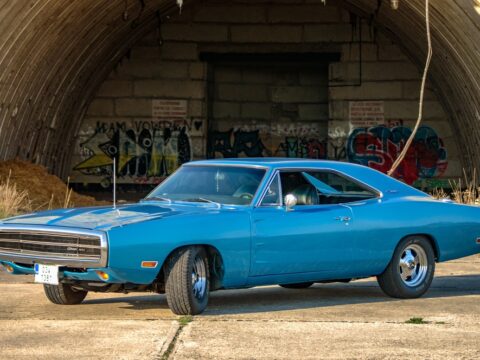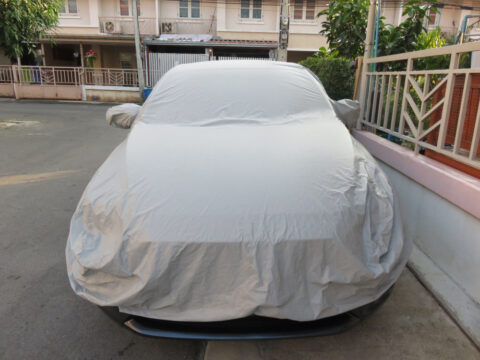Maintaining your car’s interior can be challenging, especially when daily habits unknowingly contribute to its wear and tear. From simple spills to excessive sun exposure, these common behaviors can significantly reduce your car’s lifespan and aesthetic appeal. In this article, we’ll uncover the everyday habits that are quietly ruining your car’s interior and provide practical tips to keep it looking fresh and well-preserved for years to come.
Contents
Eating and Drinking in the Car

One of the most common habits that ruins car interiors is eating and drinking inside the vehicle. Spills from beverages can stain seats and carpets, while crumbs from food can get stuck in cracks and crevices, attracting pests and causing unpleasant odors. Over time, these spills can lead to mold growth and damage the upholstery. To avoid this, try to limit eating and drinking in the car. If a spill happens, clean it immediately using upholstery cleaner and a microfiber cloth to prevent stains from setting in.
Smoking Inside the Car

Smoking inside your car can lead to lingering odors and burn marks on the upholstery, which are difficult to remove. Cigarette smoke clings to fabrics and hard surfaces, leaving a persistent smell that can ruin the resale value of your car. Ash and embers can also burn holes in seats and carpets. To avoid this, smoke outside the vehicle or consider using nicotine patches if you’re on the go. If your car already has smoke damage, use odor eliminators and steam cleaners to remove the smell and repair any burn marks.
Leaving Windows Down in the Rain
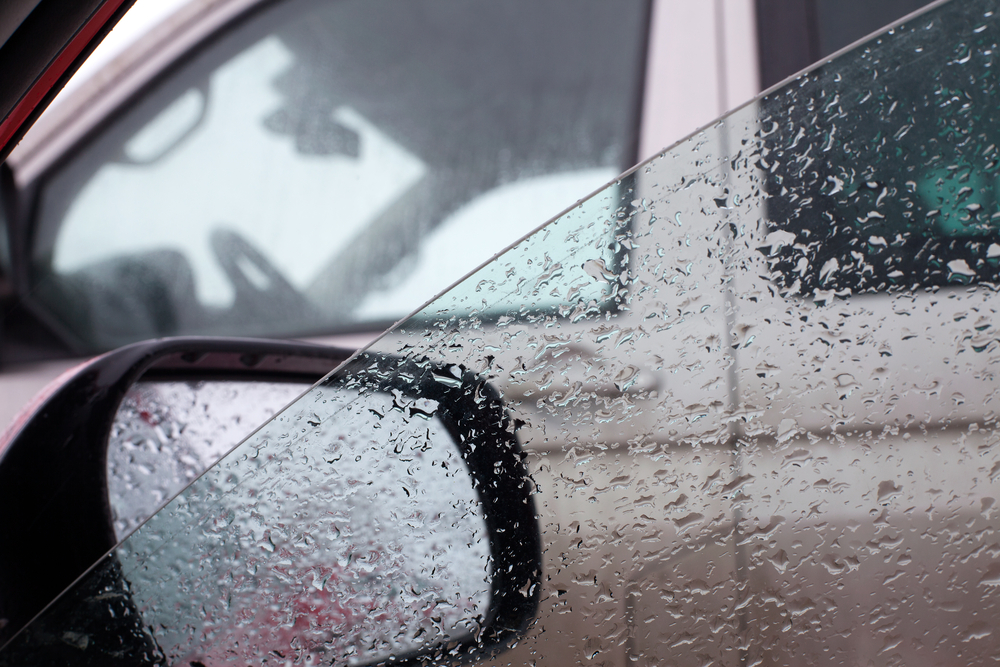
Leaving your windows down during a rainstorm can cause water to seep into your car, leading to soaked seats and carpets. This moisture can cause mildew, mold, and even electrical issues if water gets into the dashboard. Always double-check that your windows are fully closed before leaving the car, especially if there’s a chance of rain. If your car does get wet, use towels and a wet/dry vacuum to remove the water, and leave the windows open in a dry, sunny area to air it out.
Ignoring Regular Vacuuming
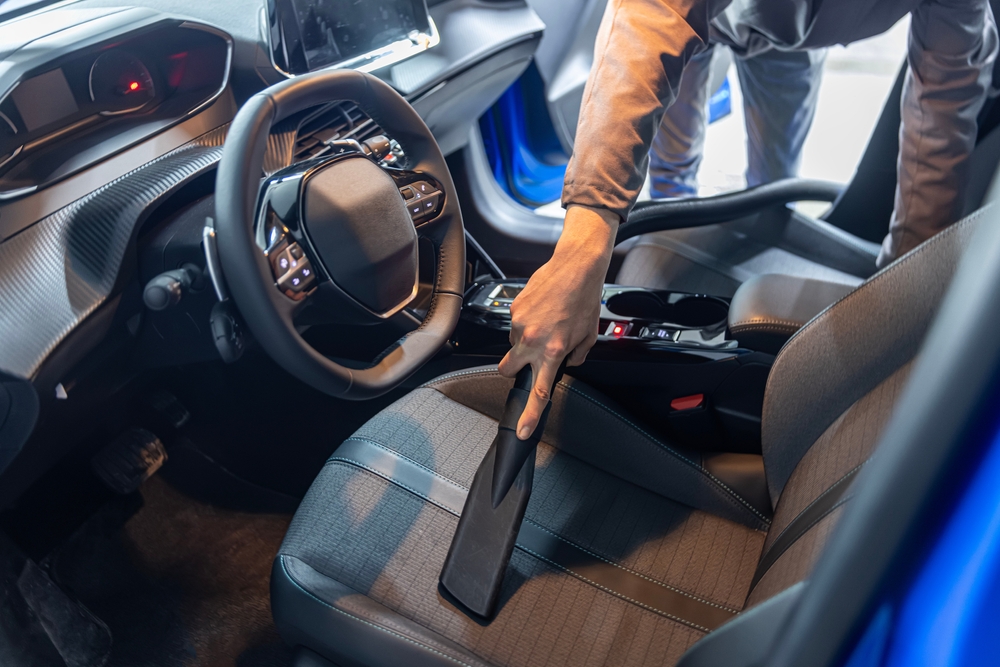
Dirt, dust, and debris can accumulate in your car over time, causing wear on your carpets and upholstery. Without regular vacuuming, these particles can work their way into fabrics, making them harder to clean and more likely to stain. Regularly vacuuming your car’s interior will help maintain its appearance and prevent long-term damage. Use a vacuum with attachments to get into tight spaces and around seats.
Using Harsh Cleaning Products
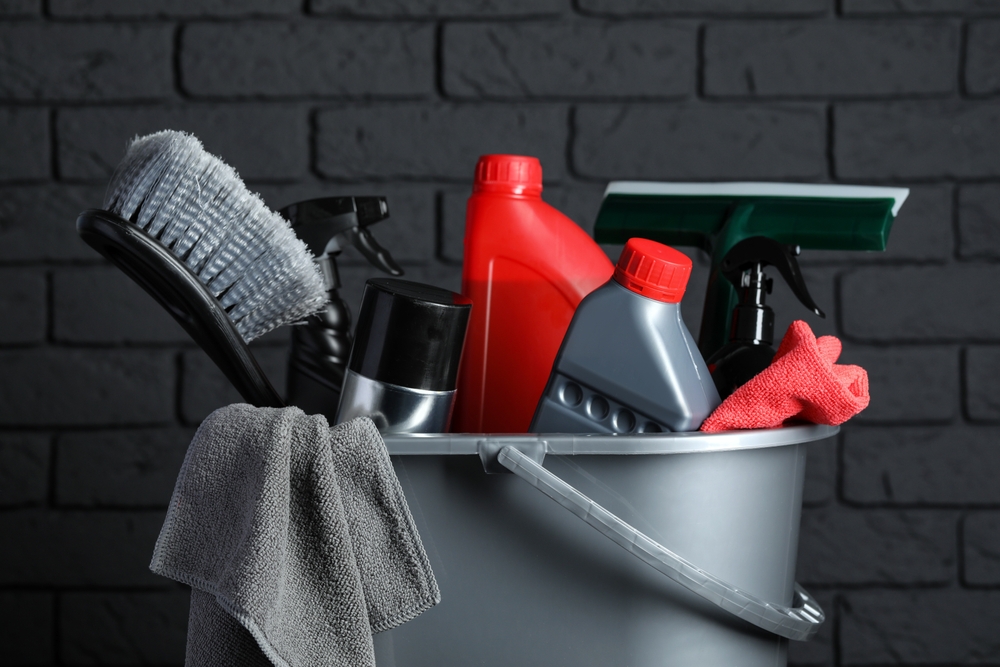
Many people use household cleaning products on their car’s interior, not realizing that these can cause damage. Harsh chemicals can strip the protective coatings on dashboards, leather seats, and plastic surfaces, leading to fading, cracking, or discoloration. Always use products specifically designed for automotive interiors, and test any new cleaner on a small, inconspicuous area first. For leather surfaces, use leather cleaner and conditioner to maintain softness and prevent cracking.
Leaving the Car in Direct Sunlight
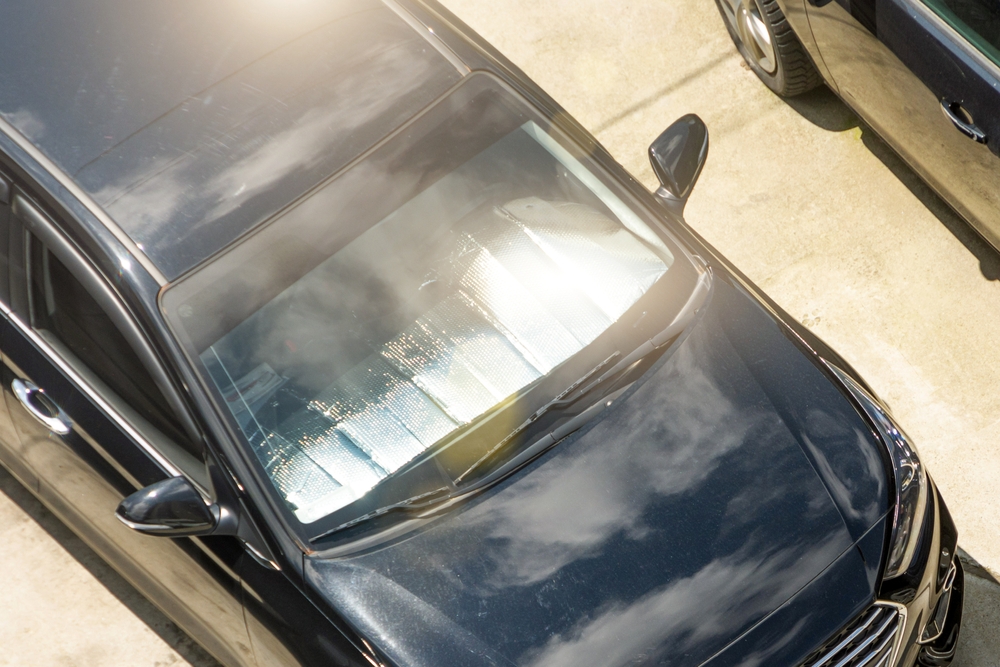
Consistently parking your car in direct sunlight can cause fading and cracking of the dashboard, seats, and steering wheel. UV rays are especially harmful to leather and plastic materials. To prevent this, try to park in the shade or use a sunshade to block UV rays. Additionally, consider applying UV protectant sprays to the dashboard and seats to help them resist fading and cracking.
Skipping Regular Conditioning for Leather Seats
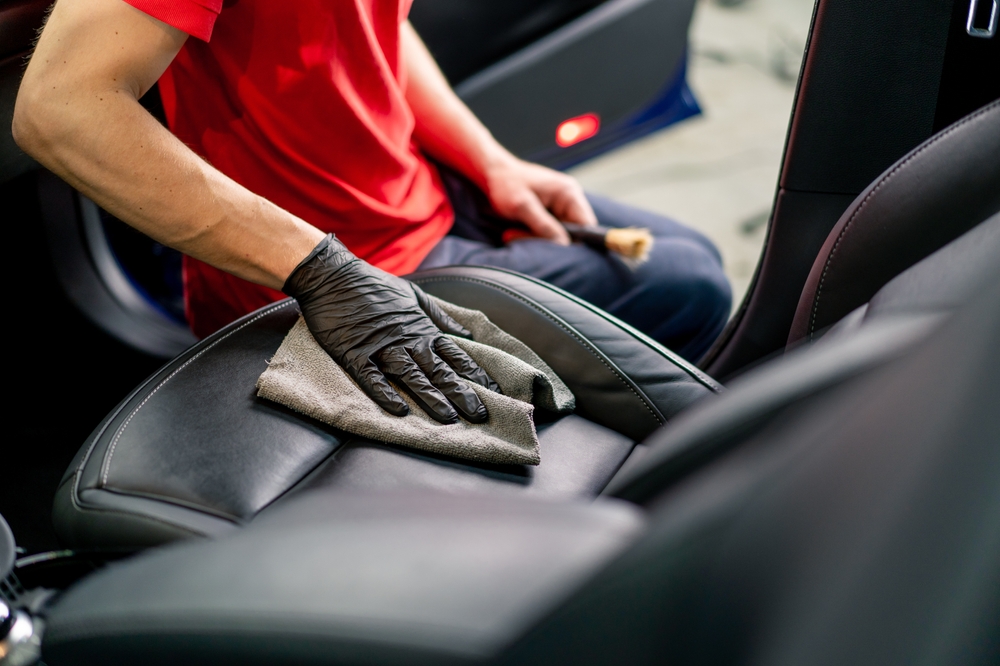
Leather seats require regular conditioning to stay soft and supple. Without proper care, they can dry out and crack over time. To prevent this, clean and condition your leather seats every few months with a leather conditioner. This will help maintain the leather’s elasticity and prevent cracking. If your leather seats are already cracked, you can use a leather repair kit to patch small cracks, but prevention is always better.
Using the Wrong Seat Covers
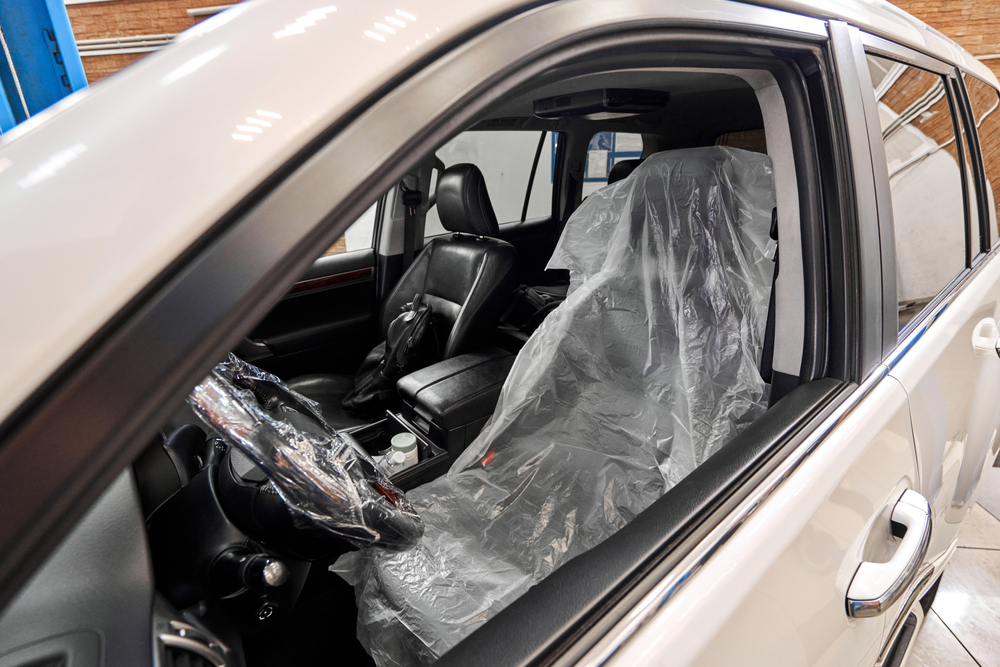
Seat covers are meant to protect your upholstery, but using the wrong type can actually cause more harm than good. Cheap, ill-fitting seat covers can trap moisture and dirt, causing stains and mold. They can also wear down the upholstery underneath. Make sure to use high-quality, breathable seat covers that fit properly and are easy to clean. Remove and wash them regularly to prevent dirt buildup.
Letting Pets Roam Free in the Car

Allowing pets to roam freely in the car can lead to scratches on leather and upholstery, fur buildup, and even accidents that can stain the seats. To protect your car’s interior, use pet seat covers or carriers when transporting animals. If fur has already accumulated, a lint roller or specialized pet hair remover can help clean it up, and for any scratches, leather repair kits can restore minor damage.
Not Cleaning Up Spills Immediately
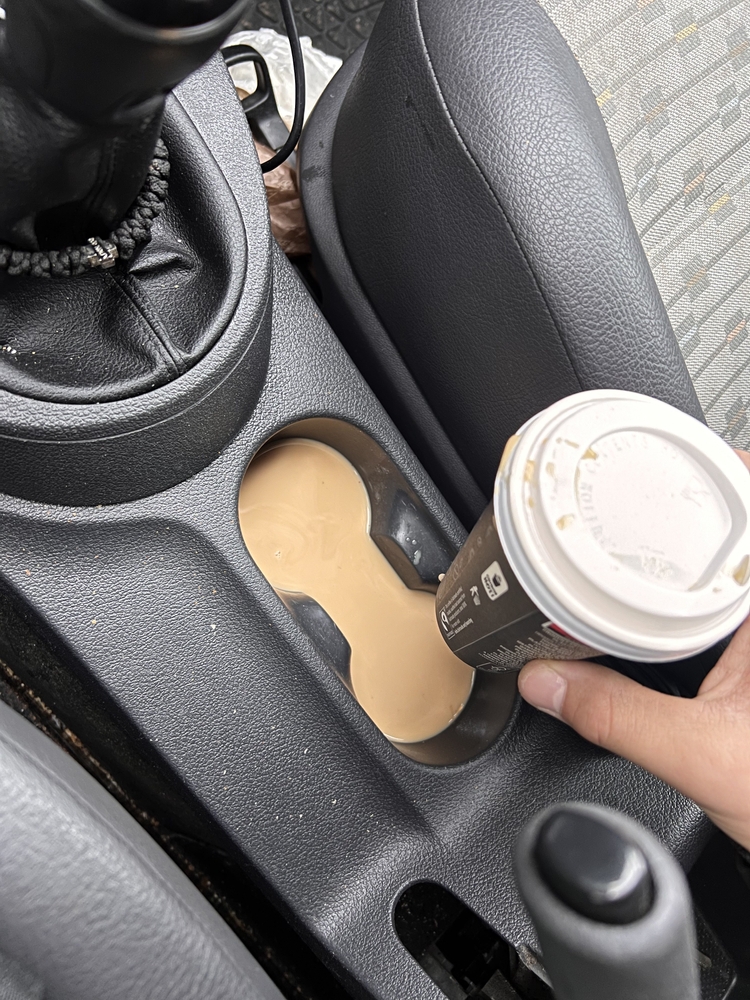
Delaying the cleanup of spills allows them to seep into the fabric or leather, causing permanent stains and unpleasant odors. This is especially true for sugary drinks, which can leave sticky residue that’s difficult to remove. Always keep a microfiber cloth and upholstery cleaner in your car so you can quickly clean up spills. If stains have already set, use a fabric or leather cleaner to treat the area, and consider hiring a professional detailer for tough stains.
Wearing Sharp Accessories

Wearing accessories like belt buckles, studs, or rings while driving can scratch leather or vinyl surfaces. Over time, these small scratches add up, leading to a worn appearance on seats and armrests. To prevent this, be mindful of what you wear when getting into your car, especially if you have leather seats. For existing scratches, use a leather or vinyl repair kit to fill in and restore the surface.
Using Air Fresheners That Hang from the Rearview Mirror
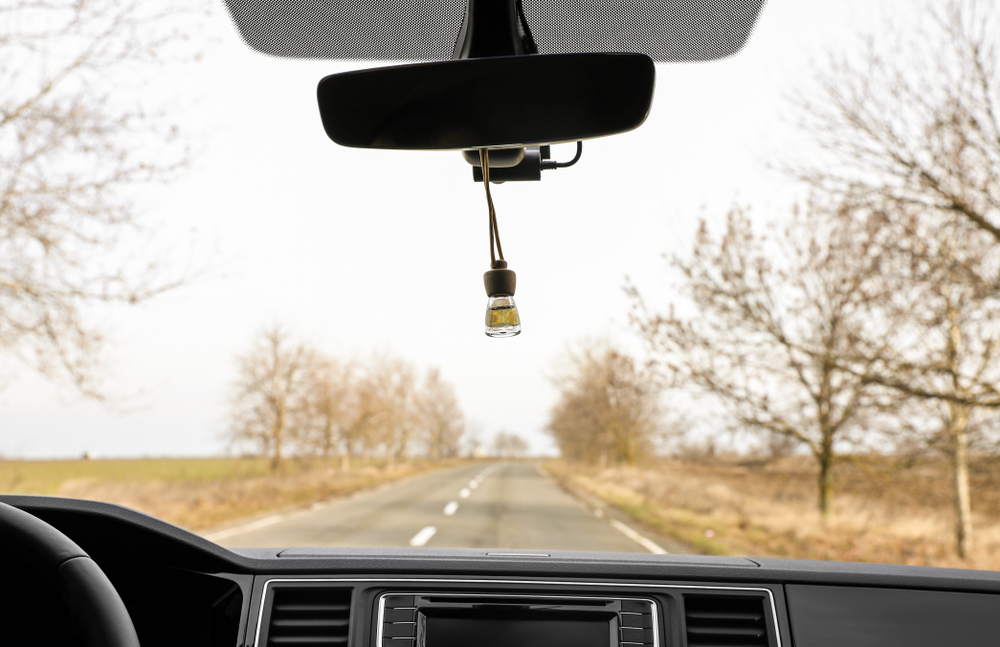
While air fresheners can make your car smell nice, those that hang from the rearview mirror can release chemicals that damage plastic and vinyl surfaces over time. Additionally, these air fresheners can fade or discolor the dashboard if they rest against it. Instead, opt for vent clip air fresheners or under-seat options that don’t come into contact with surfaces.
Dragging Mud and Dirt Inside
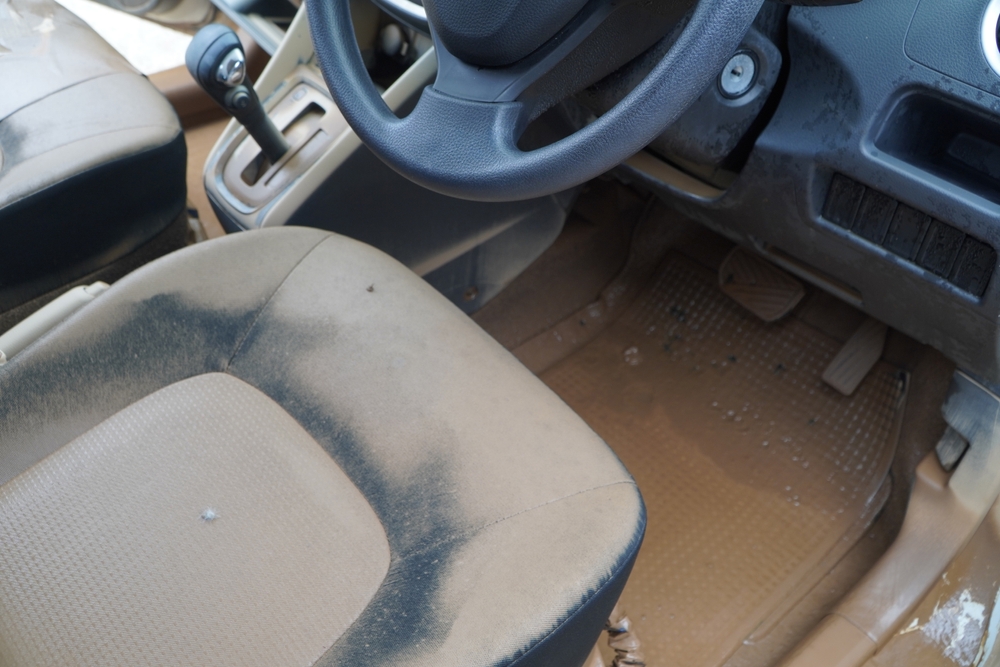
Tracking mud, dirt, or gravel into your car can wear down carpets and mats over time. The abrasive particles can grind into the fabric, causing it to fray or stain. Use floor mats to protect your carpets and make a habit of cleaning your shoes before getting into the car. For existing dirt, a wet/dry vacuum and carpet cleaner can help restore the look of your car’s interior.
Leaving Trash and Food Wrappers Behind
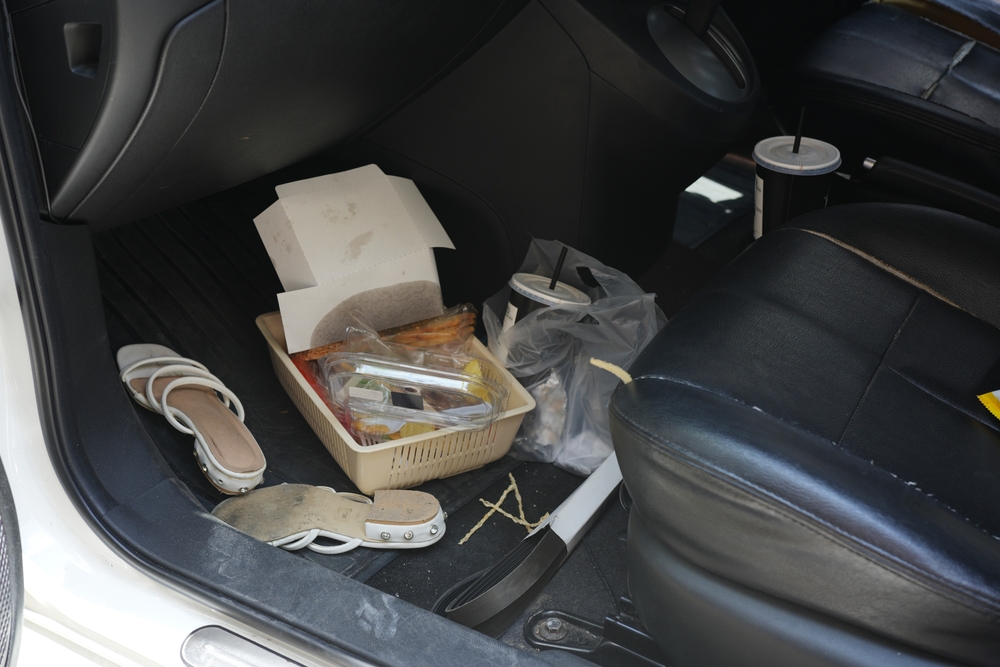
Leaving trash, food wrappers, or old drinks in your car not only makes it look cluttered but can also lead to unpleasant odors and attract pests. Keeping a small trash bin in your car can help you stay organized and prevent clutter from accumulating. Empty it regularly to keep your car clean and smelling fresh. If your car has already developed odors, use an odor eliminator or air purifier to refresh the air inside.
Applying Excessive Weight on Seats
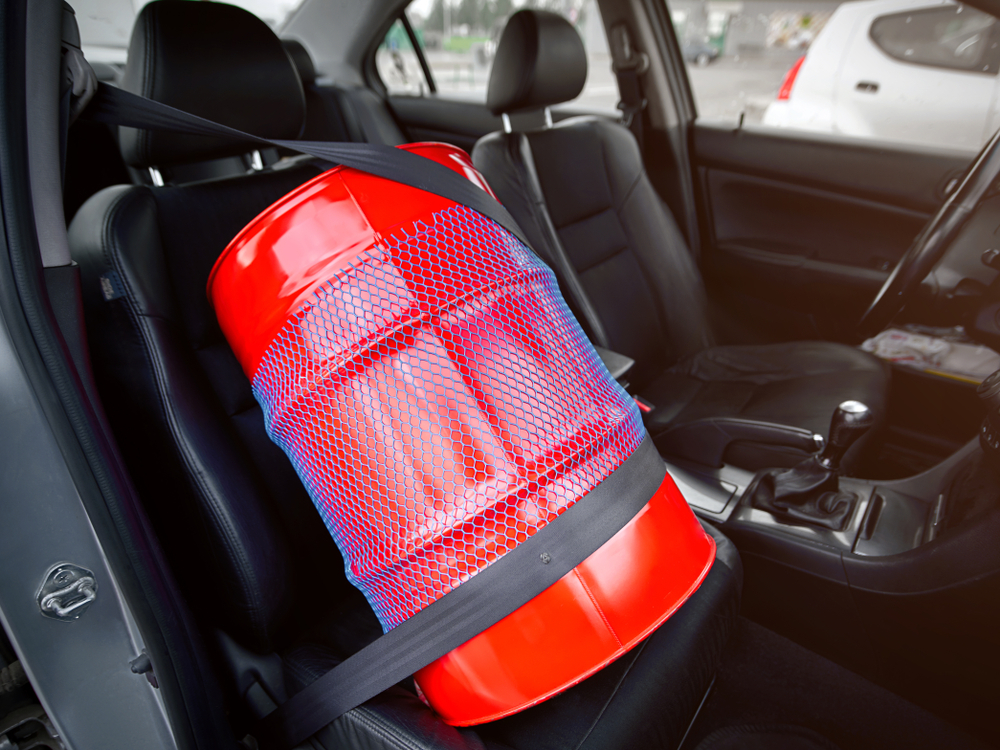
Frequently placing heavy objects on car seats can lead to indentations and weaken the cushioning over time. To avoid this, always place heavy items on the floor or in the trunk where they can be better supported. If your seats have already developed indentations, use seat cushions or covers to provide extra padding and prevent further wear.
Forgetting to Clean Air Vents
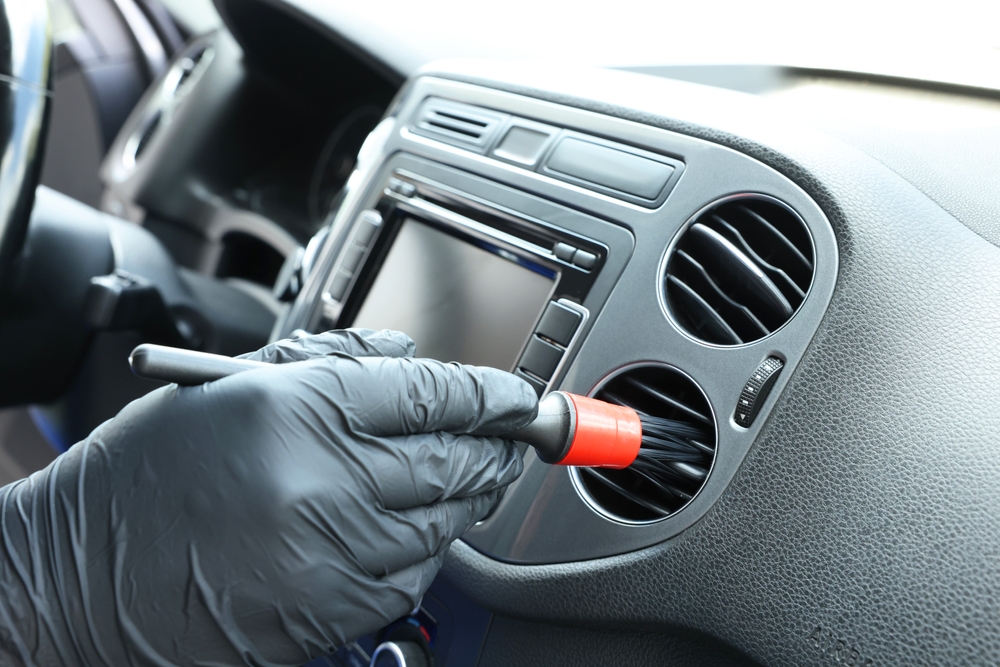
Dust and dirt can accumulate in your car’s air vents, leading to poor air quality and contributing to allergens inside the car. Over time, this can also cause your vents to look dirty and neglected. Use a soft brush or a can of compressed air to clean your vents regularly. This will not only improve air quality but also keep your interior looking clean and well-maintained.
Ignoring Regular Floor Mat Cleaning
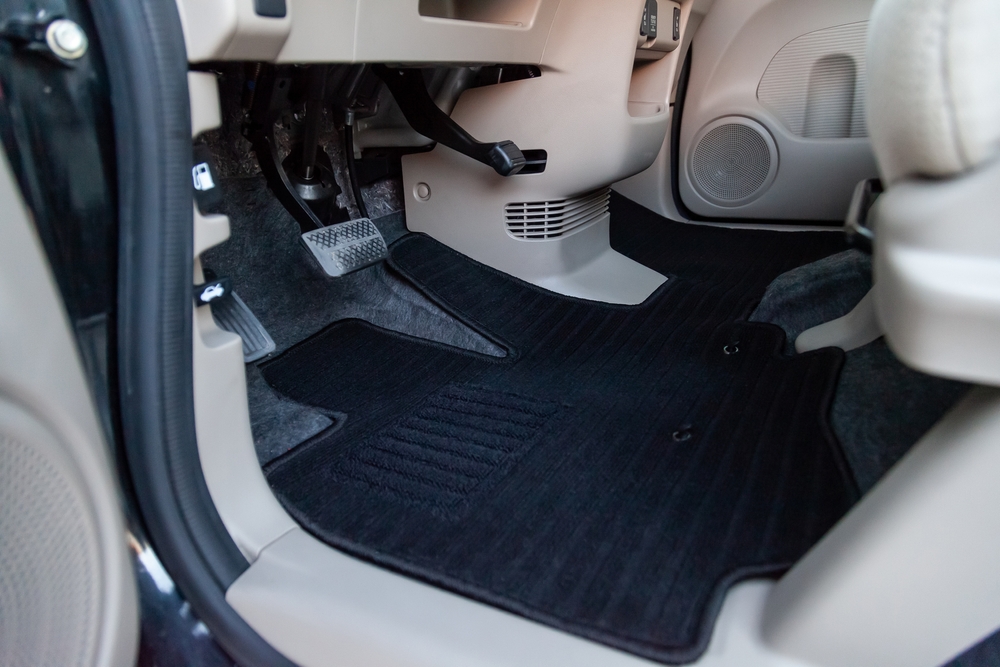
While floor mats are designed to protect your car’s interior, they can accumulate dirt, grime, and moisture over time. Ignoring regular cleaning can cause stains and foul odors to develop, which can be difficult to remove. Take your floor mats out periodically and wash them with soap and water or use a pressure washer. This simple habit will keep your car smelling fresh and prevent long-term damage to the underlying carpet.
Letting Your Car Sit in Damp Conditions

Allowing moisture to accumulate inside your car, whether from wet clothes, rain, or snow, can lead to mold and mildew growth on your seats and carpets. Mold not only damages your interior but also creates an unpleasant and unhealthy environment. To prevent this, always dry off wet areas as soon as possible and use a dehumidifier or desiccant packs to absorb moisture. If mold has already formed, a professional interior cleaner can help eliminate it.
Using Too Much Water When Cleaning

When cleaning your car’s interior, using too much water can lead to moisture buildup in the upholstery and carpets, potentially causing mold and mildew. Always use a damp, not soaking wet, cloth when wiping down surfaces. For deep cleaning, a wet/dry vacuum or steam cleaner can help extract moisture from fabrics. Be sure to dry the interior thoroughly after cleaning to prevent damage.
Skipping Interior Protection Products
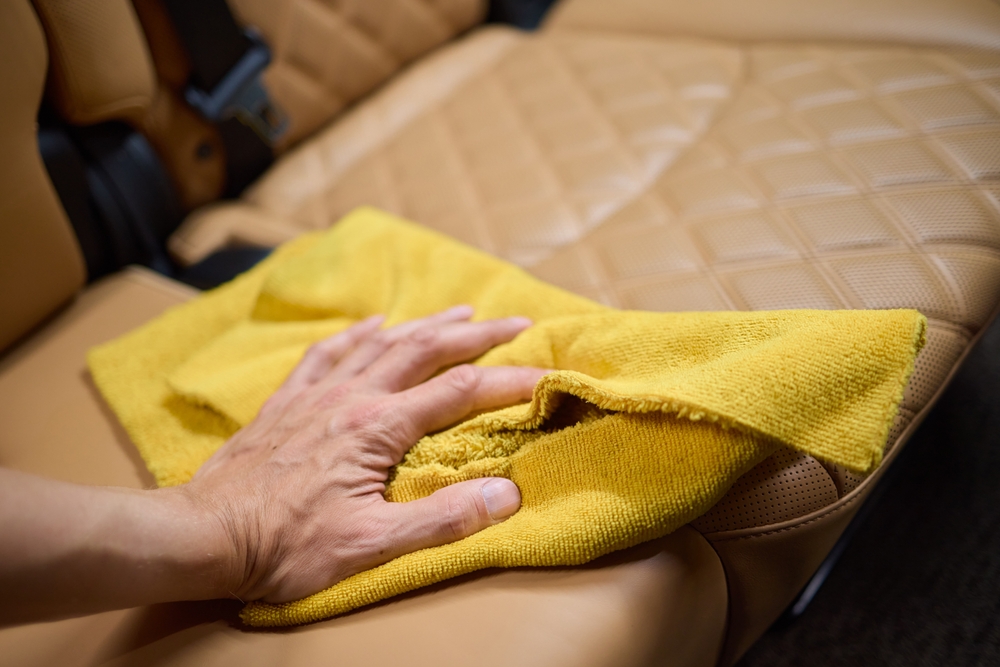
Neglecting to use protective products such as leather conditioners, fabric protectants, and UV blockers can leave your interior vulnerable to wear, stains, and sun damage. Over time, this lack of protection will cause your interior to fade, crack, or stain more easily. Regularly applying these products will add a layer of defense against the elements and extend the life of your car’s interior surfaces.
This article originally appeared on MyCarMakesNoise.
More from MyCarMakesNoise
13 Durable SUVs That Are Known for Their Longevity

These models stand out for their proven track records in maintaining robust functionality and comfort over extensive periods, making them ideal choices for those planning to keep their vehicle for many years. Read More.
13 Top Engine Oils That Will Keep Your Car Running Smoothly
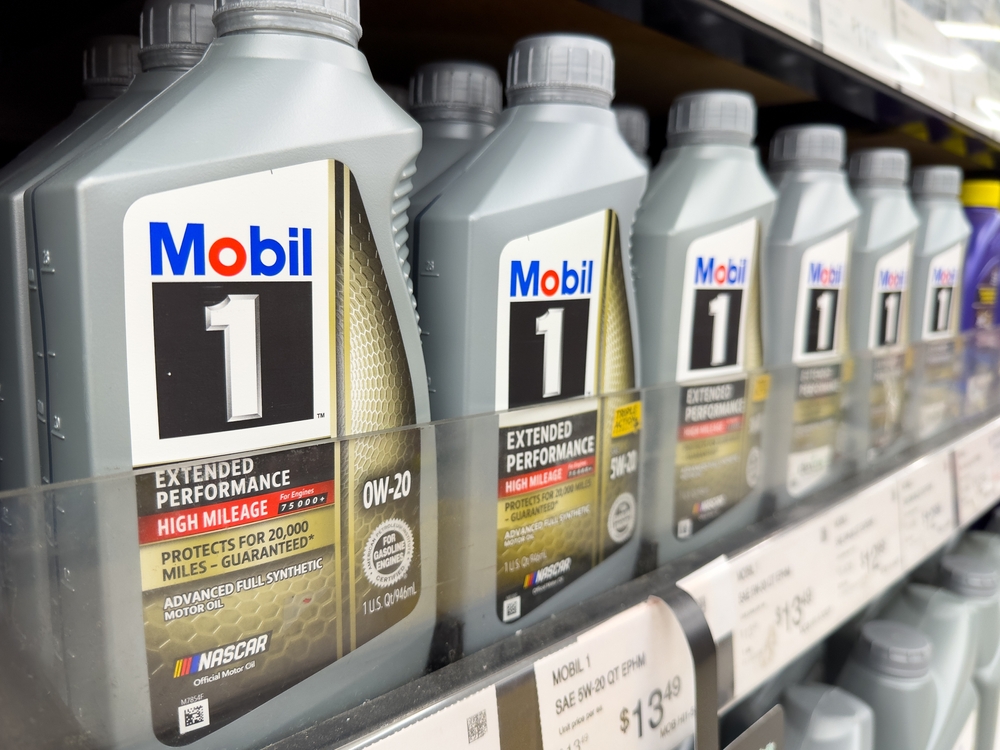
Keeping your car running smoothly and efficiently requires the right engine oil. In this list, we’ve compiled the 13 best engine oils your car will thank you for. These top picks offer superior protection, enhance performance, and ensure your engine stays in peak condition. Read More.
20 Best-Looking Classic Trucks with Enduring Style

Classic trucks are not only known for their rugged performance but also for their timeless designs that continue to captivate enthusiasts. These trucks have an enduring style that reflects both functionality and aesthetic appeal. Read More.


